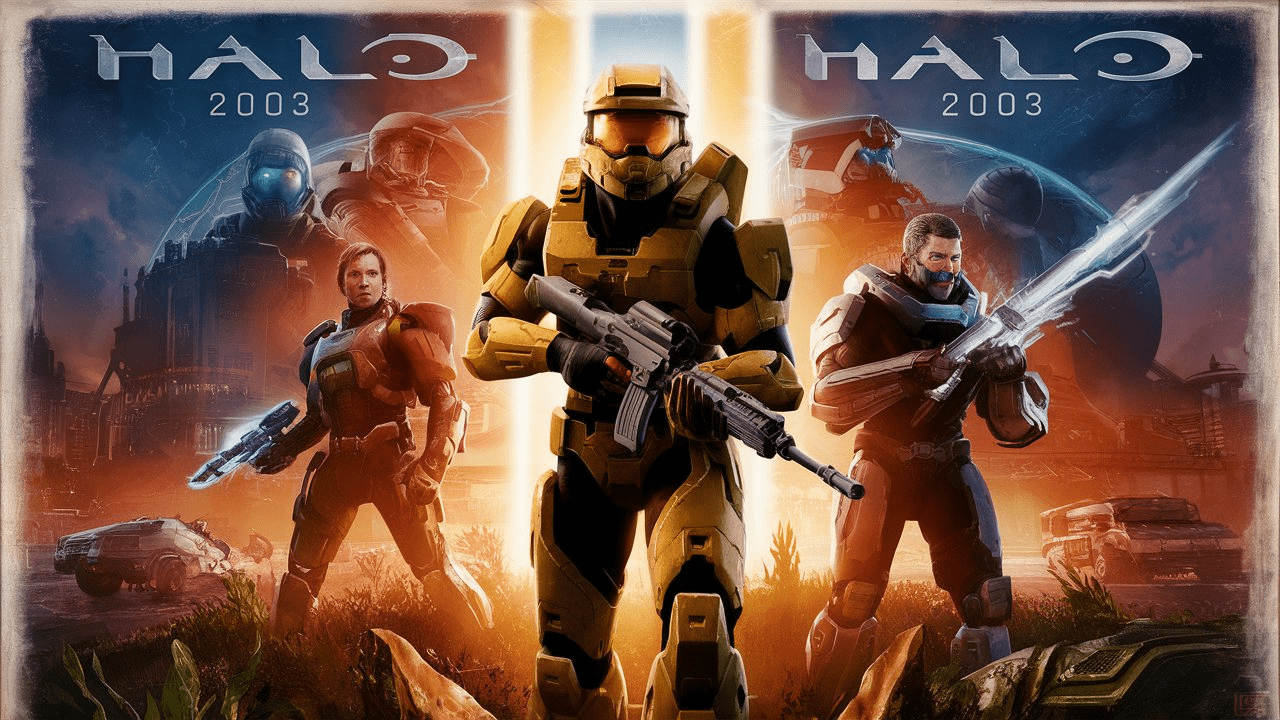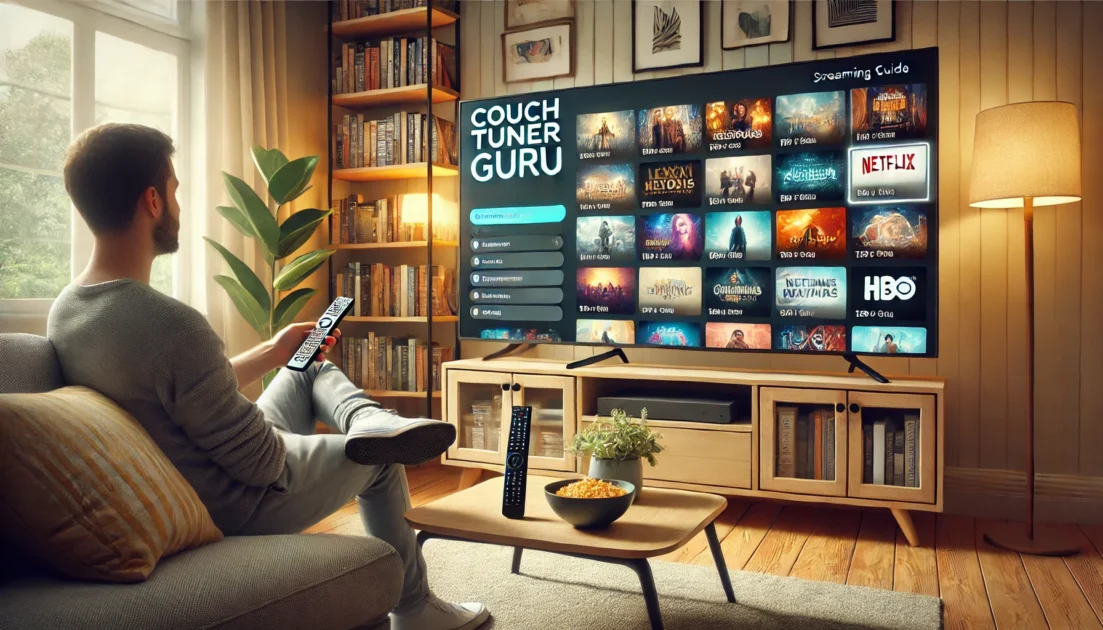Exploring the Iconic World of halo (2003) game icons banners
Introduction
In the ever-expanding universe of video games, few titles have left as indelible a mark as Halo: Combat Evolved. Released in 2001, this groundbreaking first-person shooter not only redefined the genre but also became a cultural phenomenon, laying the foundation for an entire franchise that would captivate millions of players worldwide. By 2003, the “Halo” brand was firmly established, and it was during this period that the game’s icons and banners started to play a crucial role in its visual identity. “halo (2003) game icons banners
But what exactly are these icons and banners? How did they contribute to the “Halo” experience, and why do they continue to resonate with fans more than two decades later? In this article, we’ll delve into the fascinating world of “Halo (2003)” game icons and banners, exploring their design, significance, and lasting impact on the gaming community. “halo (2003) game icons banners
The Rise of “Halo”: Setting the Stage
Before diving into the specifics of icons and banners, it’s essential to understand the context in which “Halo” became a household name. Halo: Combat Evolved, developed by Bungie and published by Microsoft, was initially released as a launch title for the Xbox console in November 2001. The game’s success was unprecedented, selling millions of copies and becoming the killer app that propelled the Xbox into the competitive console market “halo (2003) game icons banners
By 2003, “Halo” was not just a game; it was a burgeoning franchise with a devoted fanbase, a series of novels, and a vibrant multiplayer community. The game’s influence extended beyond the screen, with its imagery and symbols becoming synonymous with the early 2000s gaming culture. This was the era when game icons and banners started to gain prominence as vital components of a game’s branding. “halo (2003) game icons banners
The Importance of Game Icons and Banners
What Are Game Icons and Banners?
In the gaming world, icons and banners are more than just decorative elements—they are visual representations of a game’s identity. Icons are small, often stylized images or symbols that represent the game in various digital contexts, such as desktop shortcuts, menu selections, and online platforms. Banners, on the other hand, are larger visual elements that often serve as headers or promotional images in game menus, websites, or marketing materials. “halo (2003) game icons banners
Both icons and banners play a crucial role in conveying the essence of a game, often encapsulating its theme, mood, and key visual elements. For “Halo,” these elements became particularly important as the game expanded its reach through sequels, spin-offs, and merchandise.”halo (2003) game icons banners
The Role of Icons and Banners in Brand Identity
Icons and banners are not just random images; they are meticulously designed to evoke specific emotions and associations in the minds of players. In the case of “Halo,” the iconic Master Chief helmet, the distinctive energy sword, and the ring-like Halo structure itself became symbols of the game’s universe. These images were not only instantly recognizable but also conveyed a sense of epic adventure, futuristic warfare, and deep lore—all hallmarks of the “Halo” series. halo (2003) game icons banners
Moreover, icons and banners helped establish a consistent visual language for the franchise. Whether a player was navigating the Xbox dashboard, browsing a game store, or visiting the official “Halo” website, the visual elements were cohesive, reinforcing the brand’s identity and keeping the player immersed in the “Halo” experience. halo (2003) game icons banners
The Evolution of “Halo” Icons and Banners
Early Designs: Simplicity and Symbolism
In the early 2000s, game icons were relatively simple, often limited by the technology of the time. The original “Halo” icon was no exception—a minimalist yet powerful representation of the game’s essence. The iconic “Halo” ring, with its sleek, metallic finish, served as the primary visual motif, symbolizing both the game’s title and the mysterious, ancient structures central to its plot. halo (2003) game icons banners
The banners from this era were similarly straightforward, often featuring a dramatic image of Master Chief against a backdrop of space or a war-torn battlefield. These images were designed to capture the viewer’s attention instantly, conveying the high stakes and epic scale of the game. halo (2003) game icons banners
Transition to High-Definition: A New Era of Design
As gaming technology advanced, so too did the complexity and sophistication of game icons and banners. By 2003, with the release of high-definition (HD) displays, there was a shift toward more detailed and visually rich designs. For “Halo,” this meant a refinement of its visual elements to take advantage of the increased resolution and color depth offered by new displays. halo (2003) game icons banners
The icons became more intricate, with finer details on the “Halo” ring and more dynamic compositions that included additional elements like the Master Chief’s visor or the Covenant insignia. Banners, too, evolved to feature more complex scenes, with improved lighting, textures, and character models that made the images more lifelike and immersive. halo (2003) game icons banners
The Impact of Online Multiplayer
The rise of online multiplayer gaming also had a significant influence on the design of “Halo” icons and banners. As players began spending more time in online lobbies and multiplayer menus, these visual elements became even more important in creating a sense of continuity and immersion. The banners often depicted iconic multiplayer maps or intense firefights, while the icons represented different game modes or player ranks. halo (2003) game icons banners “halo (2003) game icons banners
This period also saw the introduction of player-created content, such as custom emblems and banners, which allowed players to personalize their online presence. These elements not only fostered a sense of community but also reinforced the visual identity of “Halo” as a game that was as much about player expression and creativity as it was about the core narrative. halo (2003) game icons banners “halo (2003) game icons banners
Iconic “Halo” Icons: Breaking Down the Design
The Master Chief Helmet
Perhaps the most recognizable icon in the “Halo” series is the Master Chief’s helmet. This image, with its reflective visor and angular design, has become synonymous with the franchise. The helmet represents more than just the protagonist; it symbolizes the player’s connection to the “Halo” universe. The design is both futuristic and utilitarian, reflecting the game’s themes of advanced technology and warfare. halo (2003) game icons banners “halo (2003) game icons banners
The “Halo” Ring
The “Halo” ring itself is another iconic symbol, representing the enigmatic and ancient structures that are central to the game’s story. The ring’s design is simple yet evocative, capturing the grandeur and mystery of the “Halo” universe. Its smooth, curved form contrasts with the harsh, jagged landscapes of the game’s environments, creating a visual tension that mirrors the game’s narrative conflicts. “halo (2003) game icons banners
The Energy Sword
The Energy Sword is a weapon that has become emblematic of the “Halo” series, particularly in multiplayer settings. Its sleek, glowing design makes it instantly recognizable, and it has been featured prominently in many “Halo” banners. The sword’s design reflects the alien technology of the Covenant, one of the game’s primary antagonists, and its inclusion in banners often signals a focus on close-quarters combat and high-stakes gameplay. “halo (2003) game icons banners
The Role of Banners in “Halo” Marketing
Promotional Campaigns
Banners have always played a key role in the marketing of “Halo” games. From the original game to the subsequent sequels and spin-offs, banners have been used in everything from online advertisements to physical posters. These banners are designed to capture the essence of the game and attract both new and returning players. They often feature dramatic scenes from the game, such as intense battles or iconic characters, and are accompanied by the game’s logo and release date. “halo (2003) game icons banners
One of the most memorable “Halo” banners from 2003 featured a close-up of Master Chief, his visor reflecting an alien landscape. This image, combined with the tagline “Combat Evolved,” perfectly encapsulated the game’s blend of familiar military themes with futuristic elements. The banner was widely used in promotional materials and became an iconic image in its own right.
In-Game Banners
In addition to marketing materials, banners also appear within the game itself, particularly in multiplayer modes. These in-game banners serve several purposes: they help to set the tone for the match, provide information about the game mode or map, and enhance the overall aesthetic of the game. For example, a banner might feature the map layout for a multiplayer match, helping players to strategize before the game begins.
In-game banners are also used to highlight special events or updates within the game. For example, a banner might announce a new map pack, a limited-time game mode, or a community event. These banners are often dynamic, changing over time to reflect the latest developments in the game, and they help to keep players engaged and informed.
The Evolution of Marketing Strategies
As the “Halo” franchise has grown, so too have the marketing strategies associated with it. Early promotional materials focused primarily on print and television ads, but by 2003, there was a shift toward digital marketing, with banners playing a crucial role in online campaigns. This shift was driven by the increasing popularity of the internet and the rise of online gaming communities.
Today, “Halo” banners can be found across a wide range of digital platforms, from social media to streaming services. These banners are often interactive, featuring animated elements or clickable links that take users to trailers, gameplay footage, or pre-order pages. This evolution reflects the changing landscape of video game marketing, where banners are no longer just static images but dynamic tools for engagement and conversion.
The Legacy of “Halo” Icons and Banners
Influence on Other Games
The success of “Halo” and its visual elements has had a lasting impact on the gaming industry. Many subsequent games have drawn inspiration from “Halo’s” use of icons and banners, adopting similar design principles to create their own memorable imagery. The use of a central character or symbol as an icon, for example, has become a common practice in the industry, with games like “Gears of War,” “Call of Duty,” and “Destiny” following in “Halo’s” footsteps.
Similarly, the use of dramatic, high-impact banners in promotional materials has become a standard practice in the industry. Game developers and marketers recognize the importance of these visual elements in building a brand and attracting players, and many have sought to emulate “Halo’s” success in this area.
Continued Relevance in the “Halo” Franchise
Even as the “Halo” franchise has evolved over the years, the original icons and banners from the 2003 era continue to hold a special place in the hearts of fans. These visual elements have become part of the franchise’s identity, and they are often revisited in later games, whether as nostalgic throwbacks or as reimagined designs that pay homage to the series’ roots.
For example, the Master Chief helmet remains a central icon in the franchise, appearing in various forms in every subsequent game. Similarly, the “Halo” ring and the Energy Sword continue to be featured prominently in both promotional materials and in-game content. These enduring symbols serve as a reminder of the franchise’s rich history and its ongoing legacy in the gaming world.
Collectibles and Merchandise
The popularity of “Halo” icons and banners has also led to the creation of a wide range of collectibles and merchandise. Fans can find everything from posters and t-shirts featuring iconic images to detailed replicas of the Master Chief helmet or the Energy Sword. These items are highly sought after by collectors and serve as a testament to the enduring appeal of the “Halo” franchise.
In recent years, there has also been a growing interest in digital collectibles, such as NFTs (non-fungible tokens) that feature “Halo” icons and banners. These digital assets offer a new way for fans to own a piece of the “Halo” legacy and showcase their passion for the franchise.
The Future of “Halo” Icons and Banners
Adapting to New Technologies
As the gaming industry continues to evolve, so too will the design and use of icons and banners. Advances in technology, such as virtual reality (VR) and augmented reality (AR), offer new possibilities for how these visual elements can be experienced. Imagine, for example, a “Halo” banner that comes to life in a VR environment, allowing players to explore a 3D version of the “Halo” ring or interact with a holographic Master Chief.
These new technologies also present challenges for designers, who must find ways to adapt traditional 2D elements to more immersive and interactive formats. However, the core principles of good design—simplicity, symbolism, and emotional impact—will continue to guide the creation of “Halo” icons and banners, ensuring that they remain powerful tools for storytelling and brand building.
The Role of Fan Creations
The “Halo” community has always been passionate and creative, and fan-made icons and banners have become an important part of the franchise’s culture. With the rise of user-generated content, fans now have more tools than ever to create their own “Halo” imagery, whether it’s custom emblems for multiplayer matches or fan art that pays tribute to the series.
These fan creations not only enrich the “Halo” experience but also help to keep the franchise alive and relevant, even as new games and technologies emerge. The relationship between official “Halo” icons and banners and fan-made content is a symbiotic one, with each influencing and inspiring the other.
Conclusion
The world of “Halo (2003)” icons and banners is a fascinating blend of art, design, and marketing, all working together to create a visual identity that is instantly recognizable and deeply meaningful to fans. From the simplicity of the early designs to the more complex and interactive elements of today, these visual elements have played a crucial role in the success and longevity of the “Halo” franchise.
As we look to the future, it’s clear that “Halo” icons and banners will continue to evolve, adapting to new technologies and trends while staying true to the core elements that have made them so iconic. Whether you’re a longtime fan or a newcomer to the series, these symbols will remain a powerful reminder of the epic adventures and rich lore that define the “Halo” universe.
FAQs
What are the most iconic “Halo” game icons?
The most iconic “Halo” game icons include the Master Chief helmet, the “Halo” ring, and the Energy Sword. These symbols are deeply associated with the “Halo” franchise and have appeared in various forms throughout the series.
How have “Halo” banners evolved over the years?
“Halo” banners have evolved from simple, static images to more complex and dynamic visuals. Early banners often featured dramatic scenes with Master Chief, while more recent banners incorporate high-definition graphics and interactive elements.
Why are game icons and banners important in the gaming industry?
Game icons and banners are crucial for establishing a game’s visual identity and brand recognition. They help convey the game’s theme, mood, and key elements to players, making them an essential part of marketing and user experience.
Can fans create their own “Halo” icons and banners?
Yes, fans can create their own “Halo” icons and banners, especially in multiplayer modes where custom emblems are popular. The “Halo” community is known for its creativity, and fan-made content plays a significant role in the franchise’s culture.
What is the future of “Halo” icons and banners?
The future of “Halo” icons and banners lies in adapting to new technologies such as VR and AR. As these technologies become more prevalent, we can expect more interactive and immersive designs that enhance the “Halo” experience.









Post Comment